What is AI Photography? The Complete Guide to Ultra-Realistic AI Photo Shoots
- Jaideep Singh

- Jun 23
- 11 min read
Ever looked at a stunning professional headshot and wondered how much it cost to create? Or maybe you've scrolled through Instagram, looking at perfect photos of people in exotic locations and thought, "How do they do that?"
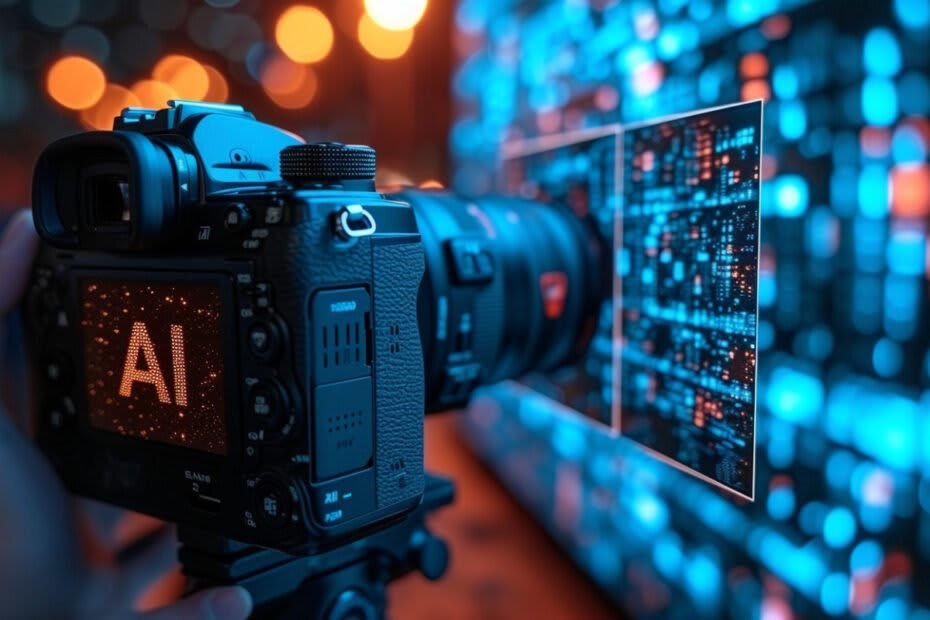
Welcome to the world of AI photography - where artificial intelligence is revolutionizing how we create, edit, and think about images. This isn't just a minor upgrade to your smartphone's portrait mode; it's an entirely new approach to creating professional-quality photos without traditional cameras, lighting setups, or even physical studios.
In this comprehensive guide, we'll explore everything you need to know about AI photography, from basic concepts to advanced applications, and show you exactly how ultra-realistic AI photo shoots are changing the game for everyone from social media enthusiasts to business professionals.3
What Exactly Is AI Photography?
AI photography refers to a form of photography that utilizes artificial intelligence to either generate entirely new images or enhance existing ones to mimic real photographs . Unlike traditional photography, which captures light through a camera lens, AI photography uses complex algorithms and machine learning to create or modify images.
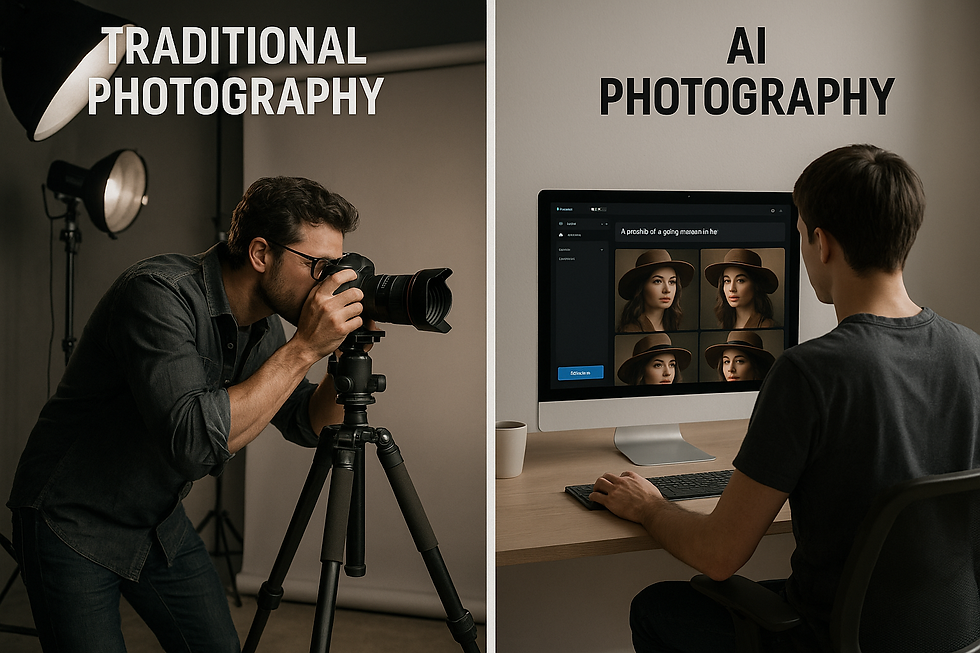
The most exciting application of this technology is arguably the synthetic photo studio - a digital environment that allows you to produce realistic images without physical studios, expensive equipment, or even the need to travel to specific locations.
Think of it as having a professional photography studio, complete with top-tier cameras, lighting equipment, and a world-class photographer—all existing virtually inside your computer.
How AI Photography Differs from Traditional Photography
Aspect | Traditional Photography | AI Photography |
Equipment Needed | Camera, lenses, lighting gear | Computer with internet connection |
Location Requirements | Physical location or studio | None - can simulate any environment |
Time Investment | Hours to days for shooting and editing | Minutes to generate multiple images |
Cost | $20-$100 per image | $0.5-$1 per image |
Skills Required | Photography expertise, editing knowledge | Basic prompt writing, image selection |
Traditional photography relies on capturing light at a specific moment in time using physical equipment. It requires expertise in composition, lighting, and camera settings, followed by often extensive post-processing.
In contrast, AI photography leverages sophisticated algorithms trained on millions of images to generate new visuals that mimic the characteristics of real photographs. This approach eliminates many traditional constraints - you're no longer limited by physical equipment, weather conditions, or even geographic location.
"AI photography isn't replacing traditional photography," explains one industry expert, "it's creating an entirely new category of image creation with its own unique advantages and applications."
The Technology Behind AI Image Generation
So how does this magic actually work? Let's break down the technology in simple terms.
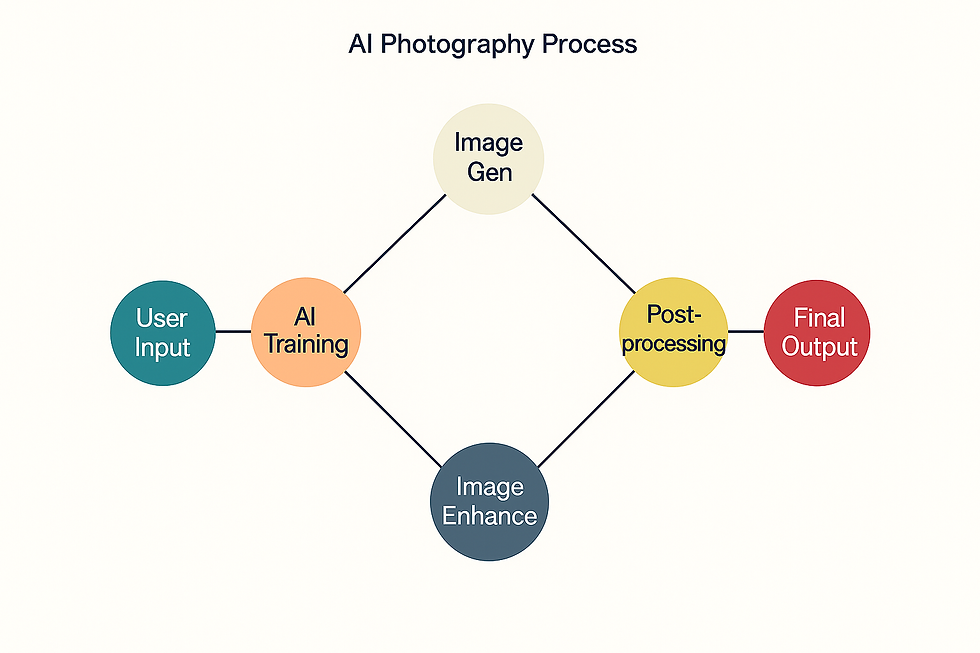
From Data to Masterpiece: How AI Creates Images
At its heart, AI photography relies on sophisticated neural networks - computer systems designed to mimic how human brains process information. These networks learn patterns from analyzing millions of images, understanding everything from how light interacts with different surfaces to what makes a portrait look natural.
The most common approaches to AI image generation include:
Generative Adversarial Networks (GANs): Two AI systems work together—one generates images while the other evaluates them, competing until the results look authentic.
Diffusion Models: Starting with random noise (pixels of an image), these models gradually transform it into a coherent image by removing noise (refining pixels) in a step-by-step process.
Transformers: These models understand how elements in an image relate to each other, allowing for better composition and more realistic results.
When you use an AI photo generator, here's what typically happens:
You provide input (photos of yourself or detailed text descriptions)
The AI analyzes this input to understand what you want
Drawing from its training on millions of images, it generates new photos that match your specifications
Post-processing algorithms refine the results for maximum realism.
"The technology has advanced so rapidly that many AI-generated photos are now indistinguishable from those taken with high-end cameras by professional photographers."
The Training Process: Teaching AI to "See"
For an AI to create realistic images, it needs to understand what makes a photograph look authentic. This learning happens through a process called "training," where the AI analyzes vast datasets of images.
Modern AI photography models are typically trained on datasets containing hundreds of millions of images, learning to recognize patterns in everything from facial features and expressions to lighting conditions and compositional techniques.

The most advanced systems can now understand nuanced concepts like:
Different photography styles (portrait, fashion, landscape)
Lighting techniques (rembrandt, butterfly, split)
Focal lengths and depth of field effects
Color grading and post-processing styles
This extensive training allows AI to generate images that don't just look realistic but can actually mimic the specific style of different photographers or even recreate the look of particular camera models and lenses.
Common Misconceptions About AI Photography
With any new technology, misconceptions abound. Let's clear up some confusion around what AI photography is—and isn't.
Misconception #1: AI Photography Is Just Advanced Photoshop
While both technologies can modify images, they work in fundamentally different ways.

Traditional photo editing tools like Photoshop require a human to manually make changes to an existing image - retouching skin, adjusting colors, or removing unwanted objects. The software provides tools, but the creative decisions come from the human user.
AI photography, by contrast, can generate entirely new images from text descriptions or training data, with the AI itself making many creative and technical decisions. It's not just enhancing what's already there - it's creating something new.
Misconception #2: AI Photography Is Just Face Swapping
Face swapping (placing one person's face onto another person's body) is just one narrow application of AI image technology. Modern AI photography is far more sophisticated, capable of generating complete, original images with consistent lighting, appropriate shadows, and realistic textures throughout the entire composition.
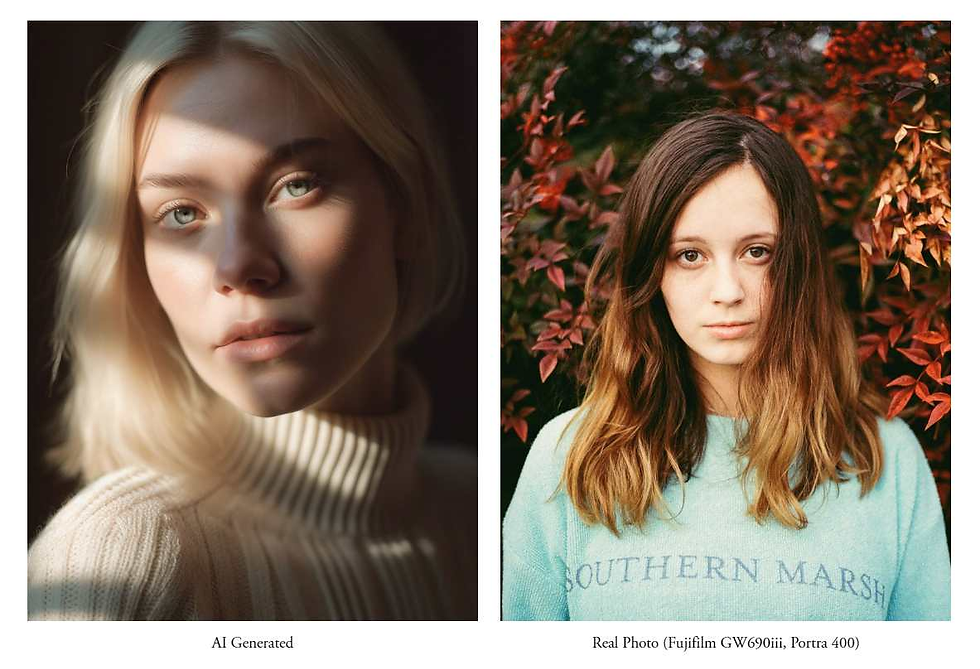
Unlike simple face swaps that often look uncanny or obviously manipulated, high-quality AI photography creates coherent images where all elements—from the subject's face to their clothing, background, and lighting—work together harmoniously.
Misconception #3: AI Photos Are Easy to Spot
While early AI-generated images often contained telltale signs like unrealistic hands or strange artifacts, today's technology has overcome many of these limitations.
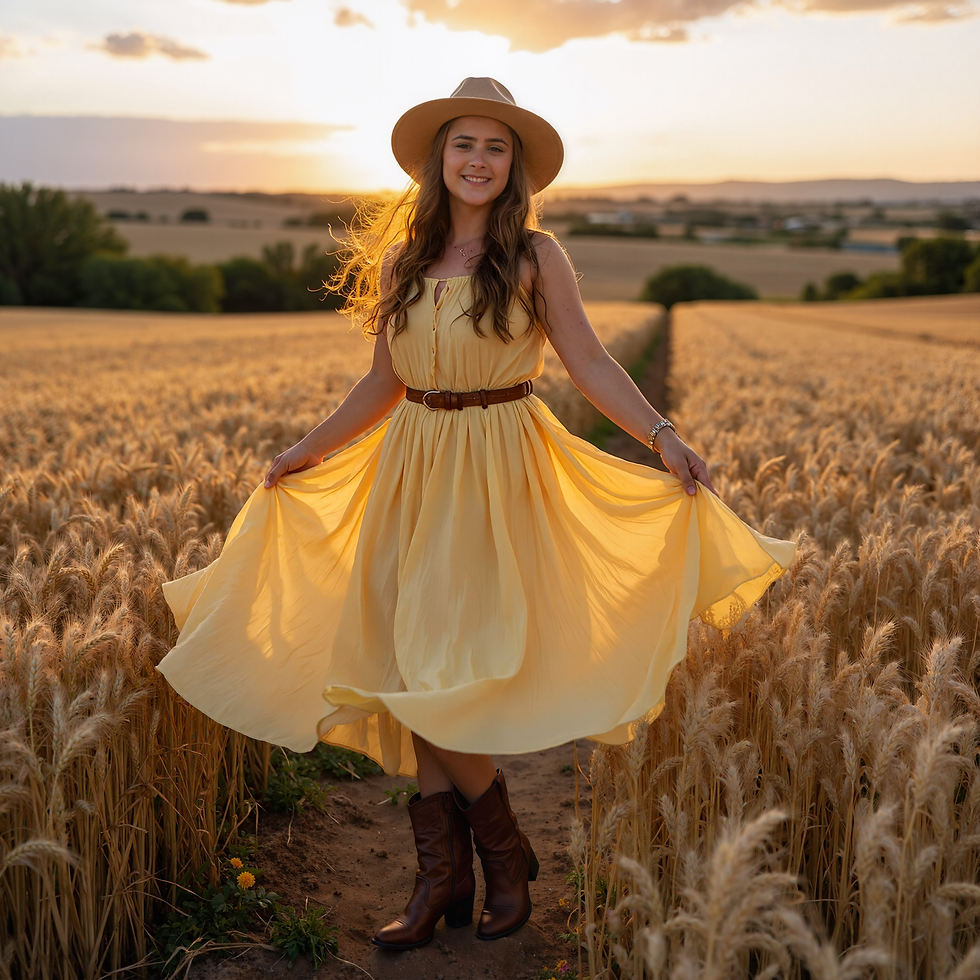
Modern AI photography systems now produce images that can be virtually indistinguishable from traditional photographs, even to trained professionals. The technology has advanced to the point where distinguishing between an AI-generated portrait and a conventional photograph often requires careful scrutiny of tiny details.
"The gap between AI-generated images and traditional photography is closing so rapidly that we're approaching a point where the distinction may become meaningless for many practical purposes"
The Ultra-Realistic AI Photo Shoot Process
So how does an AI photo shoot actually work? Let's walk through the typical process.
Step 1: Model Training or Selection
Ultra-realistic AI photo shoots typically begin in one of two ways:
Custom model training: You provide couple of raw photos of yourself from different angles and in various settings. The AI uses these to learn your facial features, expressions, and physical characteristics.
Pre-trained model selection: Alternatively, some systems offer pre-trained models that you can customize based on your preferences for age, ethnicity, body type, etc.
Raw phone clicked photos used for training AI model
The training process typically takes anywhere from 30 minutes to several hours, depending on the complexity and quality of the model being created.
Step 2: Setting Your Preferences
Once your model is ready, you can specify exactly what kind of photos you want.
Clothing styles and specific outfits
Locations and backgrounds
Lighting conditions and time of day
Camera angles and shot composition
Mood and overall aesthetic
Modern AI photography platforms offer extensive customization options, allowing you to create everything from professional headshots to fashion photography and lifestyle images in exotic locations.
Step 3: Generation and Selection
The AI then generates multiple variations based on your preferences, usually producing dozens or even hundreds of options.
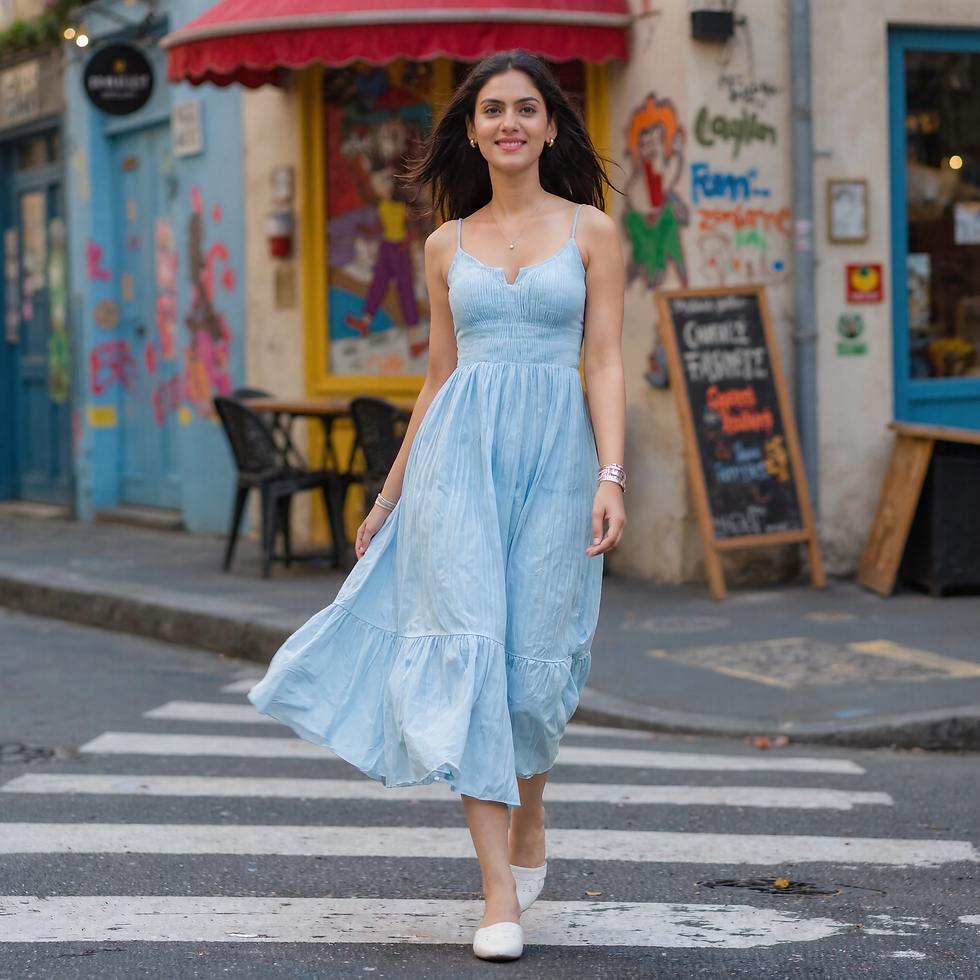
You select the images you like best, and many platforms allow you to refine specific elements - perhaps you love one photo but want to change the background or adjust the lighting.
Step 4: Final Delivery
After selection, the final images are rendered at high resolution and delivered digitally. The entire process - from initial upload to receiving final images - typically takes 1-3 days, though some platforms offer expedited services.
Before and After: The Transformation
To truly appreciate what AI photography can achieve, let's look at some concrete examples of the "before and after".
Example 1: From Selfie to Professional Portrait

In this example, a casual selfie taken in everyday surroundings has been transformed into a polished, professional-looking portrait. Notice how the AI has maintained the person's core facial features while enhancing the overall image quality, improving lighting, and creating a more flattering composition.
Example 2: Location Transformation
Before and after comparison of a portrait showcasing AI-powered photo enhancement.
Here we see how AI can completely transform the setting while maintaining the subject's identity. The original photo might be taken in someone's living room, but the AI can place them on a beach in Bali or in front of the Eiffel Tower with lighting that matches the new environment perfectly.
Example 3: Style and Mood Shifts

This example shows how AI can change not just the technical aspects of a photo but its entire mood and style. The same person can be presented in different emotional contexts, wearing various outfits, or photographed in styles ranging from bright and airy to moody and dramatic.
Real-World Applications of AI Photography
AI photography isn't just a technological curiosity - it's solving real problems and creating new opportunities across multiple industries.
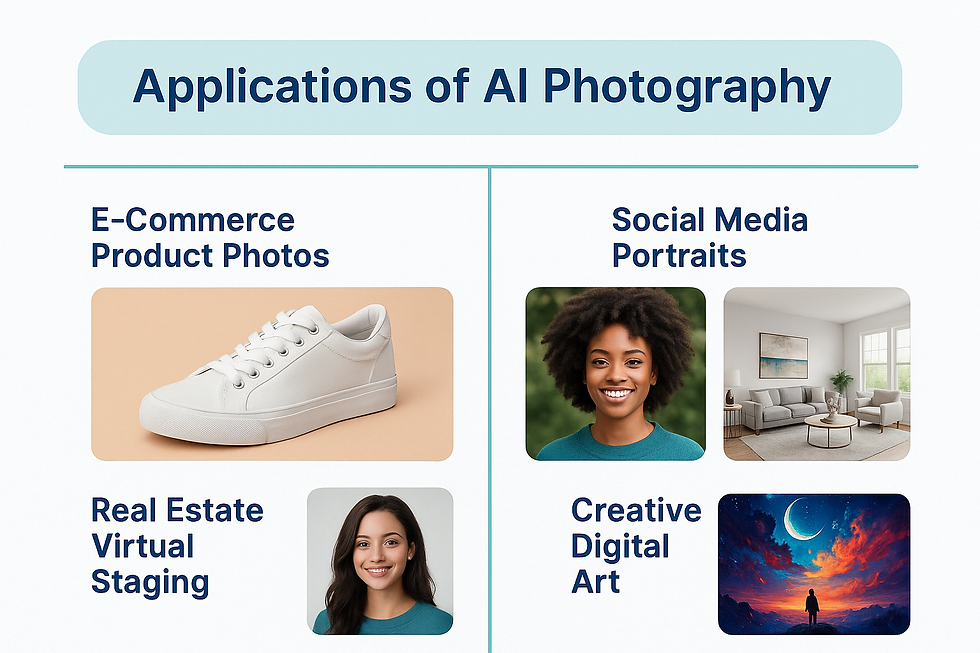
For Individuals
Dating profiles: Create varied, high-quality photos that show your best self in different contexts.
Professional headshots: Generate perfect LinkedIn or resume photos at a fraction of traditional costs.
Social media content: Build a consistent, professional-looking feed without expensive photo shoots.
Special occasions: Visualize how you might look for upcoming events like weddings or formal parties.
For Businesses
E-commerce product photography: Showcase products in multiple settings without repeated photo shoots.
Real estate virtual staging: Present properties in different styles to appeal to various buyer preferences.
Marketing materials: Create consistent brand imagery across all channels at scale.
Mood boards and concepts: Quickly visualize creative ideas before committing to expensive production.
"AI photography is democratizing access to high-quality visual content," explains one marketing director. "What used to require expensive equipment, professional photographers, and elaborate studios can now be achieved with a few clicks."
The Cost Advantage
One of the most compelling reasons to consider AI photography is the significant cost savings compared to traditional photo shoots.
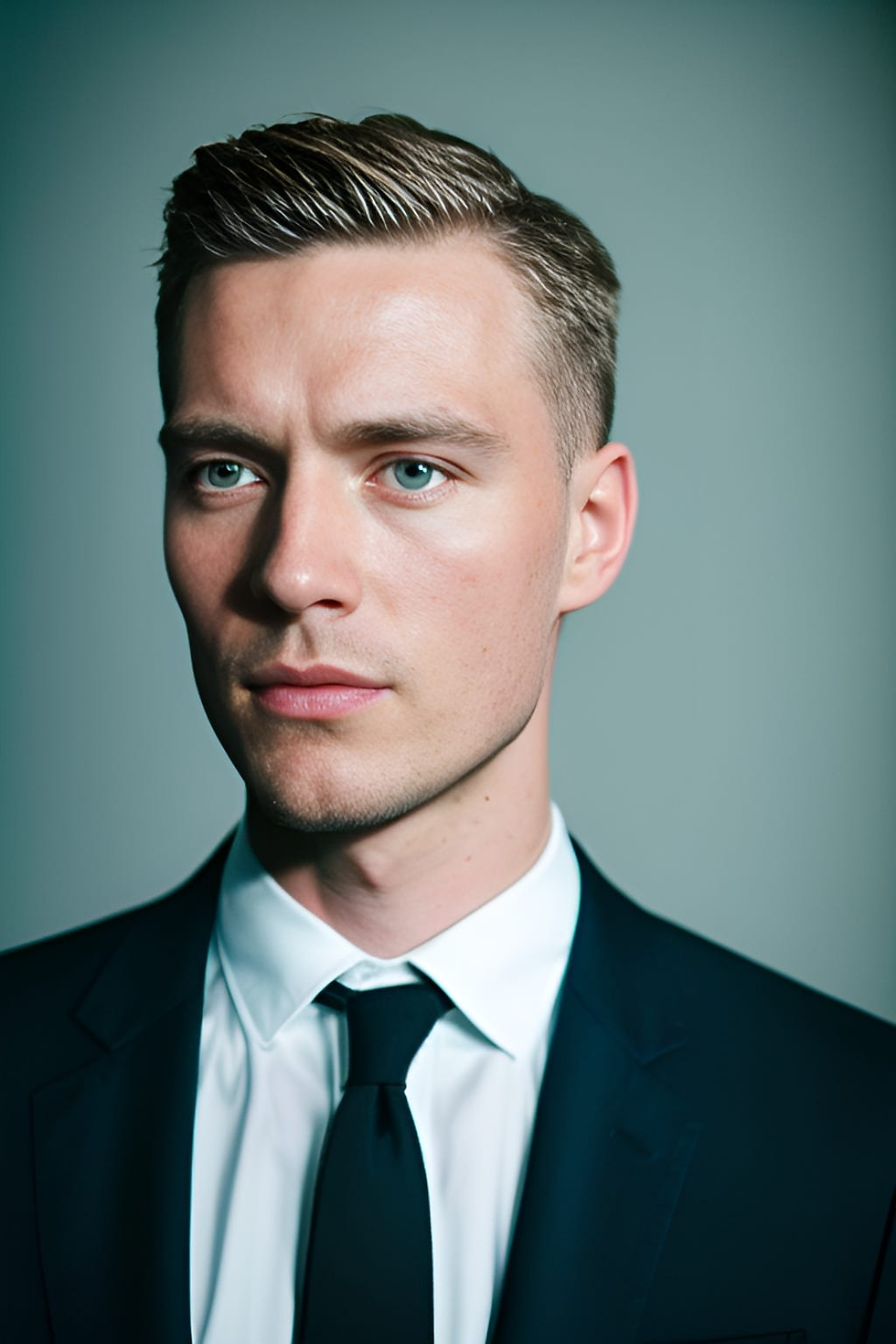
Traditional Photography Costs
A traditional professional photo shoot typically involves:
Photographer fees: $100-300/hour
Studio rental: $50-500/hour
Equipment rental (if needed): $200-1000/day
Post-production/editing: $50-200/hour
Props, wardrobe, makeup artist fees (if needed): $200-1000+
Travel expenses (for location shoots): Variable
All told, a single professional photo shoot can easily cost $500-5000, depending on complexity and location.
AI Photography Costs
By comparison, AI photography services typically charge:
$0.5-$1 for single images
$15-$30 for packages of 20-30 images
$20-$100 for monthly subscriptions with multiple images.
The cost difference becomes even more dramatic when you need multiple settings or outfit changes - scenarios that would require separate traditional photo shoots can all be done in a single AI session.
The Future of AI Photography
As we look toward the future, AI photography continues to evolve rapidly, with several exciting trends on the horizon.
Predicted Trends for 2025 and Beyond
Fully immersive experiences: AI systems that can generate not just still images but entire interactive environments.
Personalized AI photographers: Systems that learn your preferred styles and automatically generate content matched to your taste.
Hybrid workflows: Professional photographers incorporating AI tools to enhance their existing processes rather than replacing them entirely.
Ethical frameworks: Stronger industry standards around disclosure, authenticity, and responsible use of AI-generated imagery.
"The future isn't about AI replacing photography," explains one industry analyst, "but about expanding what's possible and who has access to professional-quality imagery."
Ethical and Legal Considerations
As with any powerful technology, AI photography raises important ethical and legal questions that users should consider.
Transparency and Disclosure
There's growing consensus that transparency about AI-generated images is important, particularly in contexts where authenticity matters. Many platforms now recommend or require disclosure when AI-generated images are used commercially.
Copyright and Ownership
The legal landscape around AI-generated images continues to evolve. When you create images using AI photography services, it's important to understand:
Who owns the copyright to the final images
What limitations might exist on commercial usage
How the platform may use your uploaded photos
Consumer Attitudes
Research suggests that consumers have nuanced views about AI-generated imagery. While some applications (like product visualization) are broadly accepted, others (particularly depicting real people) may trigger concerns about authenticity.
A recent study found that 90% of consumers want to know when they're viewing AI-generated images, highlighting the importance of transparency.
Is AI Photography Right for You?
With all this information, you might be wondering if AI photography is suitable for your needs. Here are some considerations to help you decide:
AI Photography Might Be Perfect If You Need:
Professional-quality images on a limited budget
A large quantity of varied photos quickly
Images in locations or settings that would be impractical to shoot traditionally
Consistency across many images
Traditional Photography Might Be Better If You:
Need to capture spontaneous, real-life moments
Have very specific, unusual requirements that AI might struggle with
Value the collaborative creative process with a human photographer
Need absolute control over every technical detail
"The best approach often combines both methods," suggests one photography consultant. "Use AI for your everyday content needs, and save traditional photography for special occasions or signature brand images."
Getting Started With AI Photography: Your Next Steps
Ready to explore the world of ultra-realistic AI photo shoots? Here's how to get started.
1. Choose Your Platform
Several excellent AI photography platforms are available today, each with different strengths:
Some focus on hyper-realistic portraits and headshots
Others excel at full-body fashion or lifestyle photography
Some are optimized for product and commercial imagery
Research different options to find one that matches your specific needs and budget.
2. Prepare Your Input Photos
If you're creating a personalized AI model, you'll need good reference photos. For best results:
Include couple of photos with varied angles, expressions, and lighting
Ensure good lighting and clear visibility of your features
Include a mix of close-up and full-body shots
Use photos with neutral backgrounds for easier processing
3. Experiment and Refine
AI photography has a learning curve, and your first attempts might not be perfect. Take time to:
Experiment with different prompts and settings
Learn which descriptive terms yield the best results
Understand your chosen platform's strengths and limitations
Experience Ultra-Realistic AI Photo Shoots Today
We've covered a lot of ground in this guide, from understanding what AI photography is to exploring its applications and future potential. As this technology continues to evolve, it's creating unprecedented opportunities for individuals and businesses to create professional-quality imagery without traditional constraints.
Ready to see what AI photography can do for you? Take the next step today:
Explore our AI photo services: Discover how our cutting-edge Luxe AI Studio can transform your visual content
Book a consultation: Speak with our experts about your specific needs and goals
Start your first AI photo shoot: Experience the convenience and quality of AI photography firsthand
Don't let budget constraints or technical limitations hold back your visual content anymore - the future of photography is here, and it's more accessible than ever.
Have questions or want to learn more? Contact our team today for personalized guidance on your AI photography journey.
⁂
Reference articles and sources for further read:-
https://www.seeimagery.com/ai/what-is-ai-photography-and-is-it-photography/
https://www.caspa.ai/blog/what-is-ai-photography-a-comprehensive-guide
https://docsbot.ai/prompts/images/ultra-realistic-photo-generation
https://stockpix.ai/ai-vs-photography-comparing-ai-generated-images-with-traditional-photography/
https://www.acorn.io/resources/learning-center/ai-image-generation/
https://www.luxeai.studio/product-page/matrimony-dating-photoshoot
https://amt-lab.org/blog/2023/12/ai-generated-images-cant-we-trust-photography-anymore
https://softblues.io/blog/how-does-ai-image-generation-work/
https://petapixel.com/2022/09/14/man-asks-ai-to-recreate-his-photos-and-the-results-are-astounding/
https://www.araby.ai/en/blog/10-myths-about-ai-image-generation-debunked
https://stockimg.ai/blog/business/top-7-uses-for-an-ai-photo-generator-in-modern-marketing
https://metapress.com/how-businesses-can-leverage-ai-generated-images-and-image-modifications/
https://www.sellerpic.ai/blog/ai-vs-traditional-product-photography-cost-comparison
https://www.prime-ai.com/en/media/cost-comparison-budget-photoshoots-vs-ai-photoshoot-c/
https://www.golden-capture.com/post/ai-and-photography-the-future-of-visual-storytelling-in-2025
https://www.themecircle.net/artificial-intelligences-role-in-photography-in-2025/
https://www.trueview360s.com/ethical-concerns-ai-in-photography/
https://www.vernonchalmers.photography/2024/08/ai-legal-concerns-in-photography.html
https://www.vernonchalmers.photography/2024/08/the-ethics-of-ai-photography.html
https://www.prweek.com/article/1870853/consumers-dislike-brands-using-ai-images-people-report-finds




















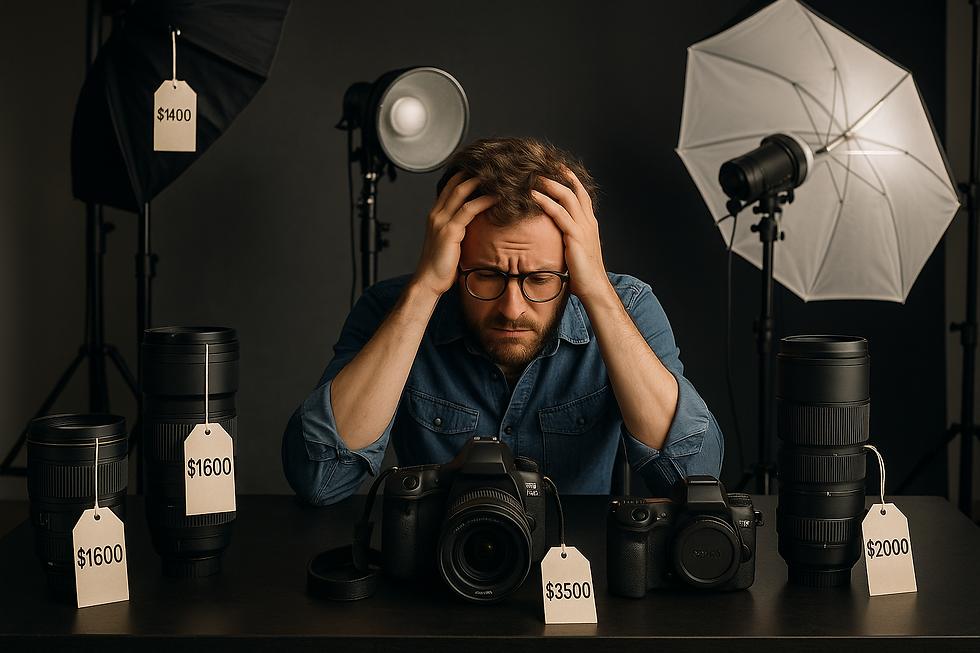
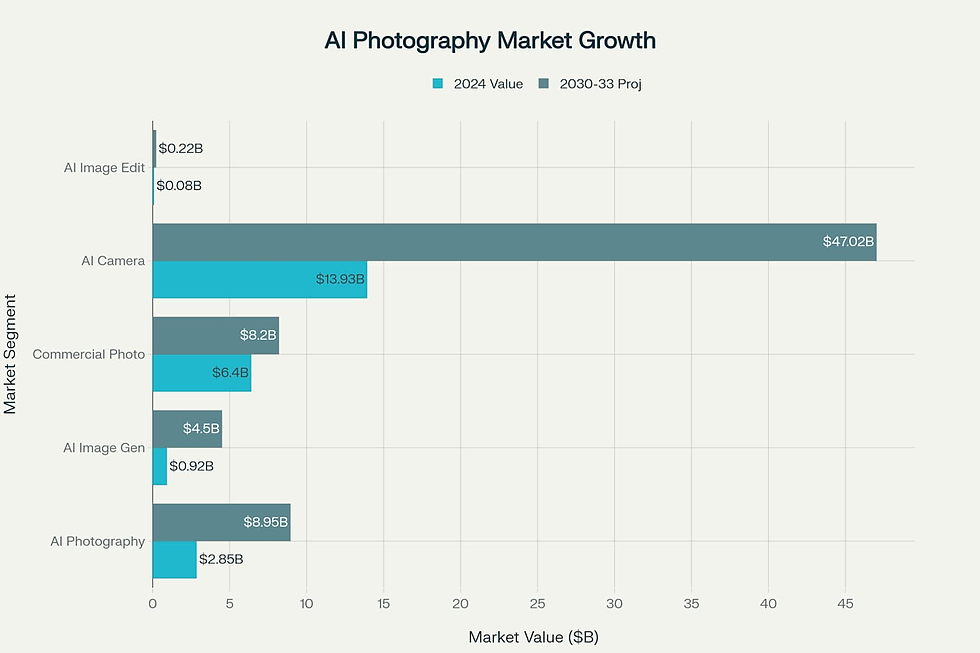
Comments